Physical Address
304 North Cardinal St.
Dorchester Center, MA 02124
Arthropods can transmit viruses, bacteria and parasites. To date, there is no known arthropod-borne fungal infection.
Mosquitoes transmit more disease, and a greater variety of disease, than any other arthropod. However, other biting flies, fleas, ticks, lice and mites are also responsible for transmission of some infections. Most of these infections are zoonotic; animal and human hosts may exhibit disparate behaviour and inhabit differing environments, thus the arthropod vector is essential at bridging the ecological gap between the two. Arthropod-borne animal infections may adapt to transmit to humans and directly from human to human, making arthropods important contributors to the emergence of some infectious diseases.
Some mosquito species, such as Aedes (Stegomyia) aegypti , are increasingly cosmopolitan and are found throughout the tropical world. The ability of Ae. (Stg.) aegypti to breed in dirty urban water containers has resulted in large outbreaks of dengue in tropical metropolises. Rapid airline transport of mosquitoes or infective human hosts may result in large outbreaks of disease in areas previously free of infection but with competent arthropod vectors. South America has been afflicted by this twice in the last 5 years; chikungunya arrived in 2013 and Zika virus in 2015.
Some pathogens, particularly parasites, are dependent upon arthropod host physiology to complete their life cycle. Most pathogens can multiply within the arthropod vector and some, particularly viruses, may mutate to more virulent or transmissible forms of disease. A single nucleotide polymorphism in Venezuelan equine encephalitis virus increased its infectivity to Culex , resulting in an outbreak of disease in Mexico in 1996.
With the exception of Japanese encephalitis and yellow fever, there are few effective vaccines for arthropod-borne diseases. At the community level, prevention relies upon vector control through environmental management and chemical agents. In recent years, there has been increasing insecticide resistance worldwide, threatening control programmes. There is also increasing resistance to essential drugs used to treat these diseases, such as artemisinin which is used to treat malaria.
This chapter is divided into four sections. The first describes the main mosquito vectors of infection and the following three sections describe arthropod-borne viral, bacterial and parasitic infections.
The main characteristics of the principal mosquito vectors of infection are presented in the following figures.
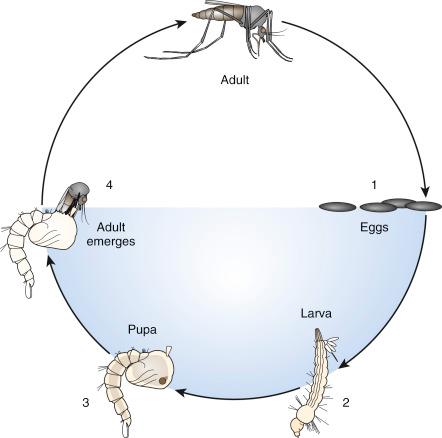
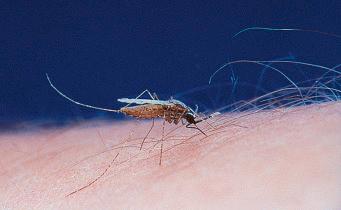
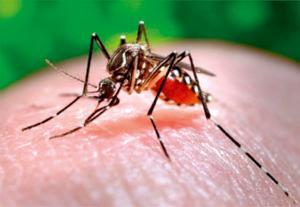
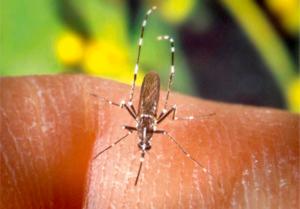
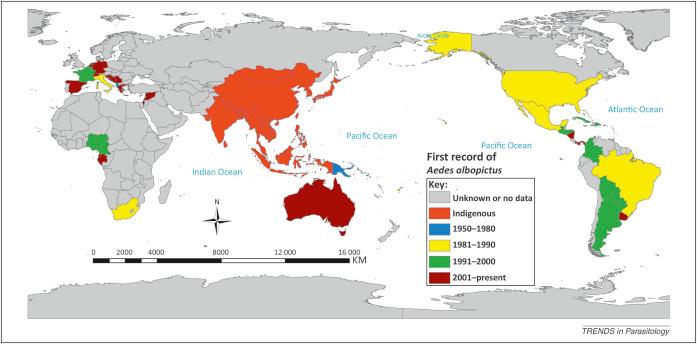
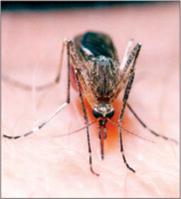
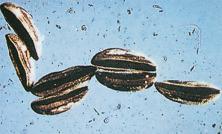
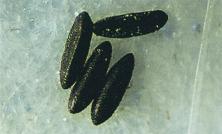
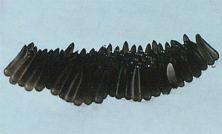
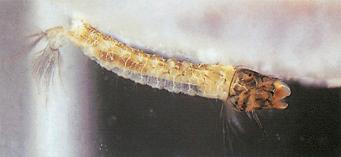
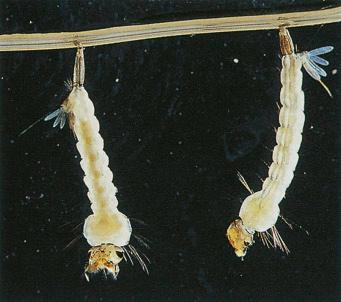
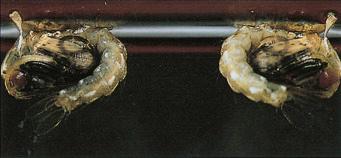
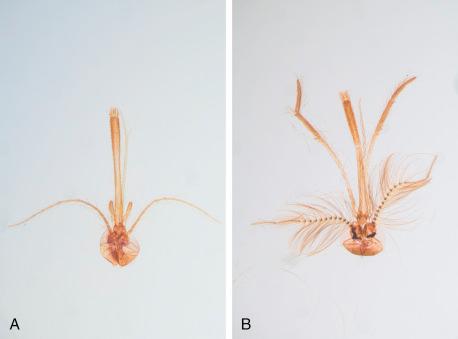
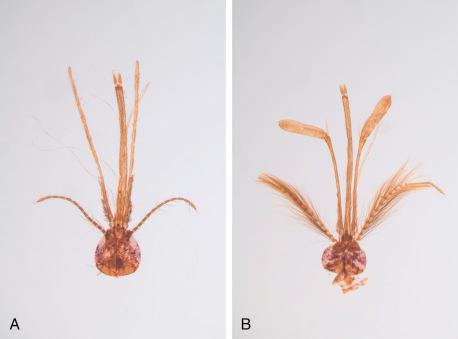
The arboviruses are a diverse group of viral infections spread by arthropods. Following a blood meal from an infected vertebrate host, the virus multiplies within the arthropod, before being transmitted to a vertebrate host.
Most arboviruses are zoonotic; the exceptions are dengue and o’nyong’nyong where humans are the primary vertebrate host. Mosquitoes are the most common vectors, but ticks and sandflies are also implicated in the transmission of some viruses. The global distribution of some mosquito vectors and the rapidity of international travel has allowed certain viruses to become endemic in areas previously free of disease following movement of viraemic hosts or mosquitoes. Gene mutation may also have an effect on transmission; chikungunya moved rapidly through Asia following a single amino acid change in its envelope protein, which greatly increased transmissibility by a secondary mosquito vector, Aedes (Stegomyia) albopictus .
Although arboviruses cause a wide range of clinical symptoms, it is conceptually simpler to consider them in syndromic groups. Some, such as dengue and chikungunya virus, cause a fever, arthralgia and rash syndrome. Others, such as West Nile virus and St Louis encephalitis virus, cause an encephalitic syndrome. Viruses such as Crimean-Congo haemorrhagic fever and yellow fever may cause a haemorrhagic syndrome. There is some overlap between these syndromic groups; West Nile virus causes fever, arthralgia and rash in mild infection and encephalitis in severe infection. Table 1.1 summarises current arboviruses of clinical significance, updated to December 2016.
| Virus or disease | Main vector(s) | Main reservoirs/amplifying hosts | Geographical distribution | Clinical syndrome |
|---|---|---|---|---|
| Family: Togaviridae | ||||
| Genus: Alphavirus | ||||
| Chikungunya | Aedes | Monkeys, ? rodents | Africa, Asia, South America | FAR |
| Mayaro | Aedes, Anopheles | Wild vertebrates | South America | FAR |
| O'nyong'nyong | Anopheles | Humans | Africa | FAR |
| Ross River | Aedes | ? Wallabies | Australia | FAR |
| Sindbis | Culex | Birds | Africa, Asia, Australia, Europe | FAR |
| Venezuelan equine encephalitis | Aedes, Culex | Rodents/horses | North/South America | Encephalitis |
| Western equine encephalitis | Culex | Birds/horses | North/South America | Encephalitis |
| Eastern equine encephalitis | Culiseta | Birds/horses | North/South America | Encephalitis |
| Family: Flaviviridae | ||||
|---|---|---|---|---|
| Genus: Flavivirus | ||||
| Dengue 1, 2, 3, 4 | Aedes | Aedes/humans | Worldwide tropics | FAR |
| Zika | Aedes | Humans/non human primates | Africa, South America, Asia, Pacific | FAR, congenital syndrome |
| Kunjin | Culex | Birds | Australia, Indonesia | FAR/encephalitis |
| Japanese encephalitis | Culex | Birds/pigs | East Asia/Australasia | Encephalitis |
| Murray Valley encephalitis | Culex | Birds | Australia | Encephalitis |
| Rocio | Culex | Birds | Brazil | Encephalitis |
| St Louis encephalitis | Culex | Mosquitoes, birds | North/South America | Encephalitis |
| West Nile | Culex | Birds, bats, horses, | Africa, Europe, North America, Middle East | Encephalitis |
| Louping ill | Ixodidae | Rodents, birds | UK | Encephalitis |
| Powassan | Ixodidae | Rodents | North America | Encephalitis |
| Tick-borne encephalitis | Ixodidae | Small mammals/ruminants | Europe | Encephalitis |
| Russian spring-summer encephalitis | Ixodidae | Rodents, birds | Russia | Encephalitis |
| Kyasanur forest disease | Ixodidae | Forest rodents/monkeys | India | Haemorrhagic |
| Omsk haemorrhagic fever | Ixodidae | Ticks, rodents | Russia | Haemorrhagic |
| Yellow fever | Aedes Haemagogus |
Mosquitoes/monkeys | South America, Africa | Haemorrhagic |
| Family: Reoviridae | ||||
|---|---|---|---|---|
| Genus: Coltiviridae | ||||
| Colorado tick fever | Ixodidae | Rodents | North America | FAR/encephalitis/haemorrhagic |
| Family: Bunyaviridae | ||||
|---|---|---|---|---|
| Genus: Nairovirus | ||||
| Crimean-Congo haemorrhagic fever | Ixodidae | Ticks, sheep, goats, cattle, rodents, birds | Parts of Africa, Asia, Europe, Middle East, | Haemorrhagic |
| Genus: Bunyavirus | ||||
| California encephalitis group | Aedes | Rabbits, rodents | North America | Encephalitis |
| La Crosse | Aedes | Chipmunks, squirrels | North America | Encephalitis |
| Oropouche | Culicoides | Monkeys, sloths | South America | FAR, encephalitis |
| Genus: Phlebovirus | ||||
| Rift Valley fever | Anopheles, Aedes, Culex | Cattle, sheep, goats | Africa, Middle East | Fever, encephalitis, haemorrhagic |
| Sandfly fever (Naples, Sicily) | Phlebotomus | Unknown | Africa, Asia, Europe | FAR |
| Sandfly fever (Toscana) | Phlebotomus | Unknown | Countries bordering Mediterranean Sea | FAR, encephalitis |
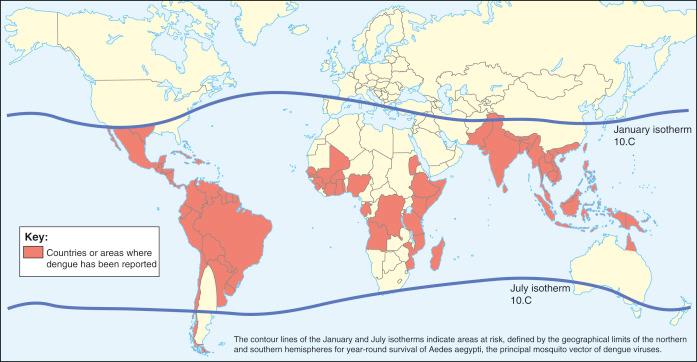

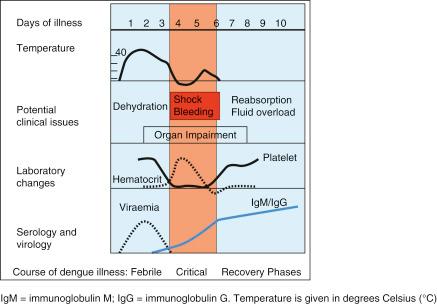

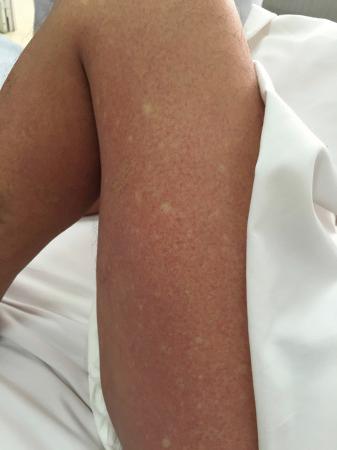
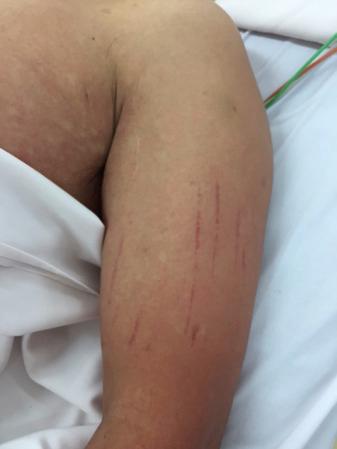
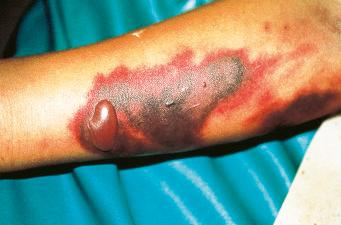

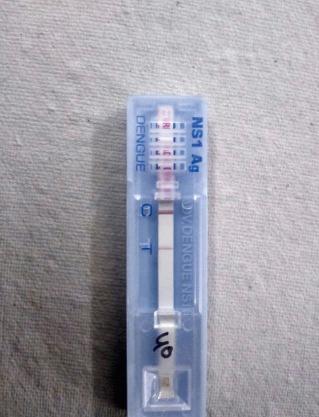
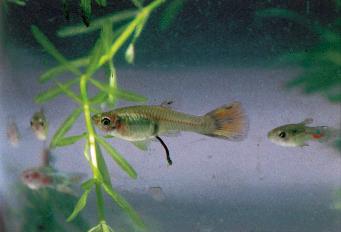
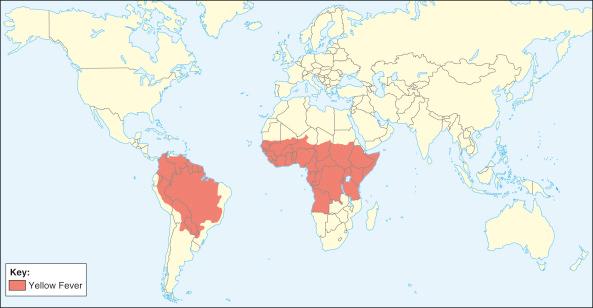
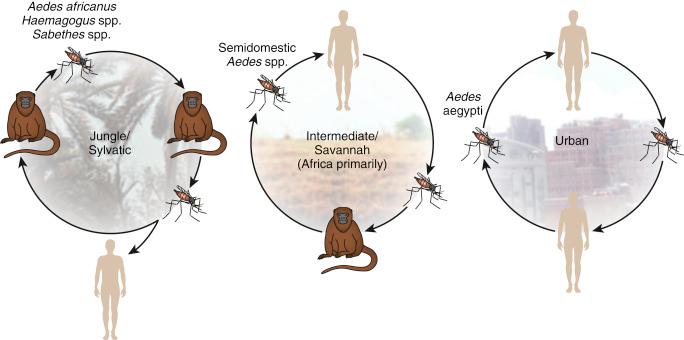
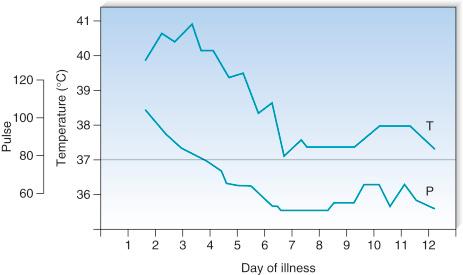
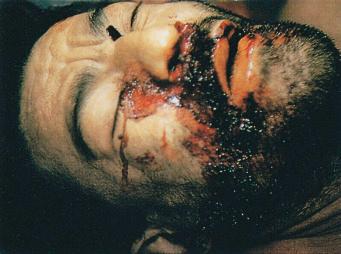
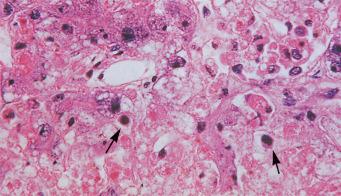
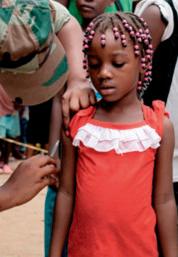
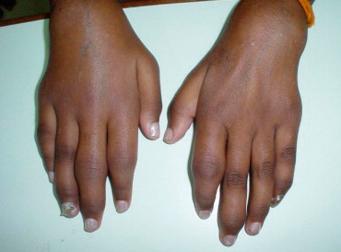

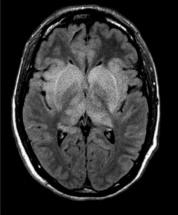
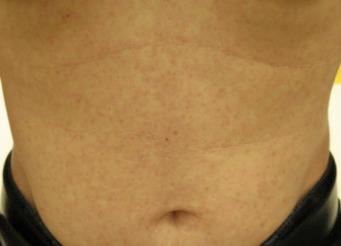
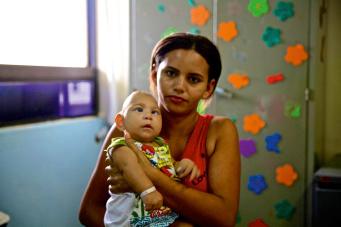
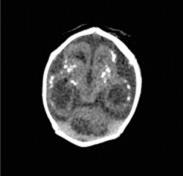
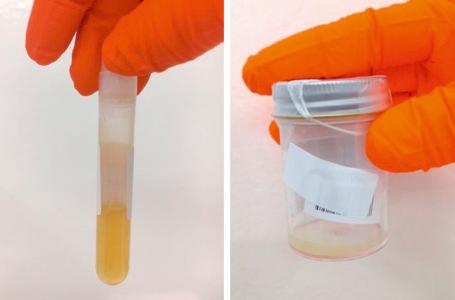
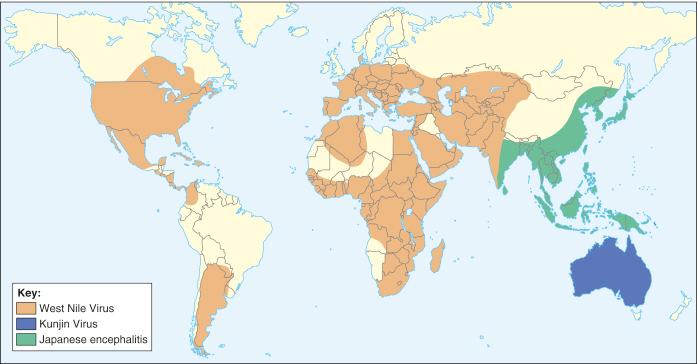
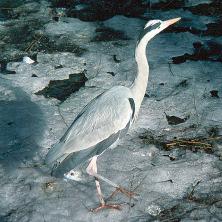
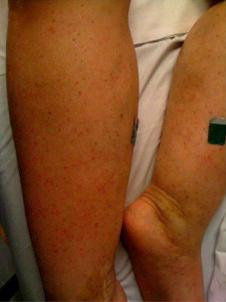
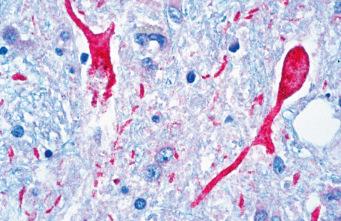
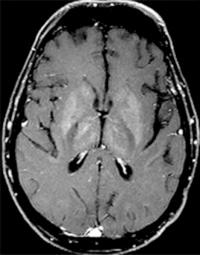

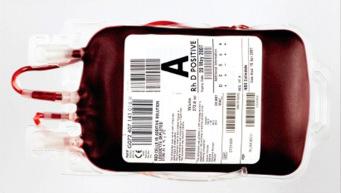
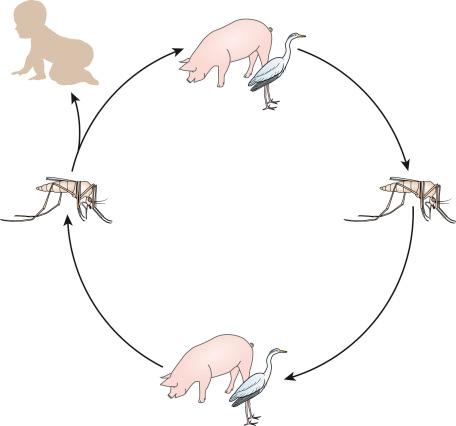
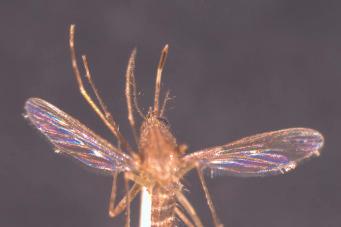

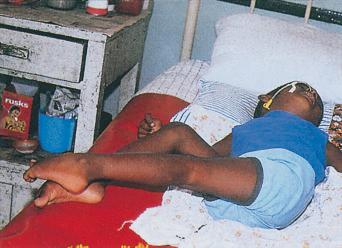
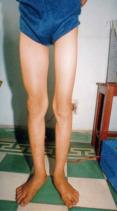
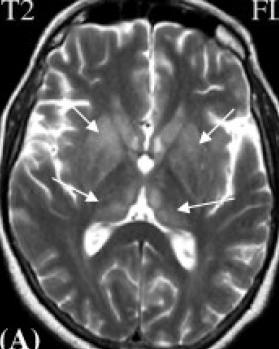

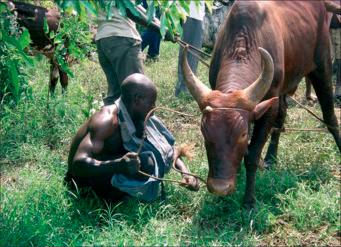
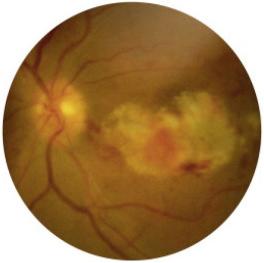
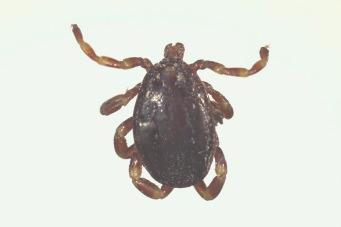
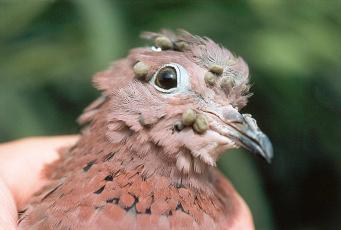

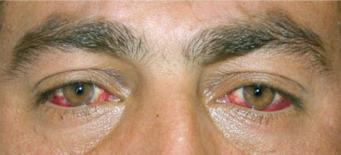
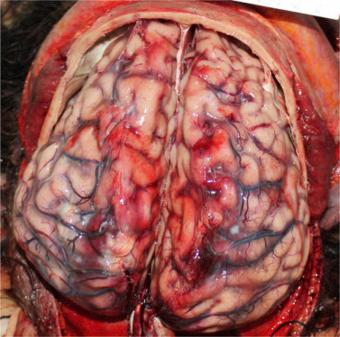
Arthropod-borne bacterial infections are predominantly transmitted by ticks, lice, mites and fleas. The exception to this is Francisella tularensis, which can be transmitted by mosquitoes, and Bartonella bacilliformis, which is believed to be transmitted by sandflies.
Rickettsiae multiply within vascular endothelial cells resulting in a vasculitis-like systemic disease of varying severity. These infections are summarized in Table 1.2 . Borrelia species are expert at evading the immune system; B. burgdorferi is one of medicine’s great imitators whilst episodic antigen variation in other Borrelia species gives rise to periodic fever relapses. Yersinia pestis has caused some of the greatest plagues in history, including the Black Death, which killed up to 200 million people between 1346 and 1353.
| Disease | Causative agent | Vector | Animal reservoir | Geographical distribution |
|---|---|---|---|---|
| Typhus | ||||
| Epidemic typhus | Rickettsia prowazekii | Pediculus humanus corporis | Humans Flying squirrels– New World Unclear elsewhere |
Ethiopia/Rwanda/Burundi Rural South/Central America |
| Endemic (murine) typhus | Rickettsia typhi | Xenopsylla cheopis ∗ Ctenocephalides felis |
Rat (cat, opossum-USA) |
Worldwide |
| Spotted fevers | ||||
| Rocky Mountain spotted fever | Rickettsia rickettsii | Various tick spp. ∗ | Many small mammals | North America, patchy distribution in Central and South America |
| Mediterranean spotted fever/Fièvre boutonneuse | Rickettsia conorii | Rhipicephalus sanguineus ∗ | Dogs, small mammals | Mediterranean, sub-Saharan Africa |
| African tick typhus | Rickettsia africae | Amblyomma spp. ∗ | ? Rodents | Sub-Saharan Africa, Eastern Caribbean |
| Lymphangitis associated rickettsiosis | Rickettsia sibirica subsp mongolotimonae | Dermacentor spp. ∗ | Farm and wild animals | France, Portugal, South Africa |
| Transitional group rickettsiae | ||||
| Queensland tick typhus | Rickettsia australis | Ixodes holocyclus ∗ | Rodents | Australia |
| Rickettsial pox | Rickettsia akari | Mites ∗ Liponyssoides sanguineus |
Mice | Korea, central and southern Africa, Ukraine, eastern USA |
| Scrub typhus | ||||
| Scrub typhus | Orientia tsutsugamushi | Trombiculid mites | Small mammals, rodents, birds | South and South East Asia, Australia, Pacific |
| Anaplasmosis | ||||
| Human monocytic ehrlichiosis | Ehrlichia chaffeensis | Amblyomma americana | White tailed deer, raccoon, opossum | Unclear – cases reported from North America, Europe, Asia, Africa |
| Human granulocytic anaplasmosis | Anaplasma phagocytophila | Ixodes scapularis | White-footed mouse, other rodents, cattle, sheep, horses | North America, North and Central Europe, China, Russia |
| Species | Clinical disease | Location of MF (periodicity) | Sheath | Main characteristcs | Distribution |
|---|---|---|---|---|---|
| Wuchereria bancrofti | LF | Blood (nocturnal ∗ ) |
+ | Tail - pointed tail, nuclei not to tip. Body - 275-300 x 9μm, smooth curves. Sheath - stains pale mauve with Giemsa. | All tropics |
| Brugia malayi | LF | Blood (nocturnal ∗∗ ) |
+ | Tail - tapers irregularly, 2 nuclei at tip. Body - 200-275 x 6μm, kinked. Sheath - stains bright pink with Giemsa. | Southeast Asia |
| Brugia timori | LF | Blood (nocturnal) |
+ | Tail - tapers irregularly, 2 nuclei at tip. Body - 290-325 x 6μm, kinked. Sheath - stains poorly with Giemsa. | Timor-Leste |
| Loa loa | Eye worm | Blood (diurnal) |
+ | Tail - rounded tip, nuclei to tip. Body - 250-300 x 9μm, kinked. Sheath - does not stain with Giemsa. | West Africa, forested areas |
| Onchocerca volvulus | River blindness | Skin (no periodicity) |
– | Tail - long and pointed, nuclei not to tip, crooked. Body - 240-360 x 8μm. Head - spatulate. No sheath. | Africa, Central and South America, Yemen |
| Mansonella perstans | Most asymptomatic | Blood (no periodicity) |
– | Tail - nuclei extend to tip of rounded tail, large nucleus at tip. Body - 190-240 x 5μm. No sheath. | Sub-Saharan Africa, Central and South America |
| Mansonella ozzardi | Most asymptomatic | Blood/Skin (no periodicity) |
– | Tail - long pointed tail with no nuclei. Body - 150-200 x 5 μm, anterior nuclei positioned side by side. No sheath. | Central and South America, Caribbean |
| Mansonella streptocerca | Asymptomatic Dermatitis |
Skin (no periodicity) |
– | Tail - nuclei extend to tip of rounded, hooked tail. Body - 180-240 x 5μm. Single file anterior nuclei. No sheath. | Central and West Africa |
∗ In the South Pacific, microfilariae may be diurnally sub-periodic.
∗∗ In the Philippines, microfilariae may be nocturnally sub-periodic.
All of these bacteria are capable of causing severe disease, requiring antibiotics for resolution. Most respond to doxycycline, although the addition of further agents including aminoglycosides or chloramphenicol is often beneficial.

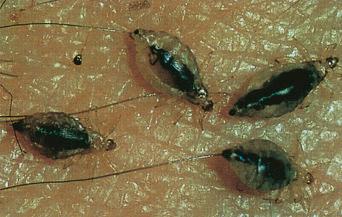
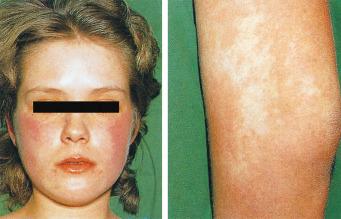
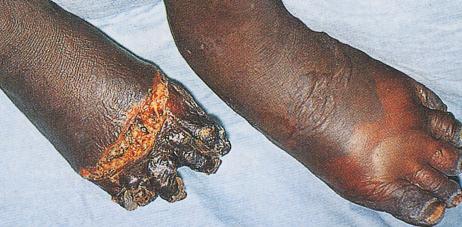
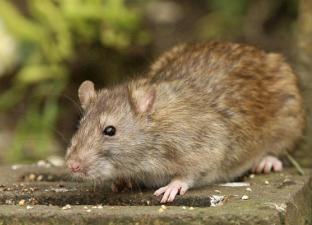
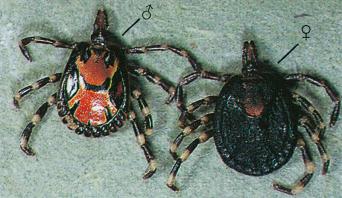
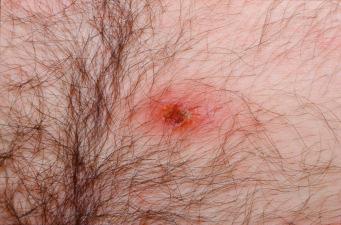
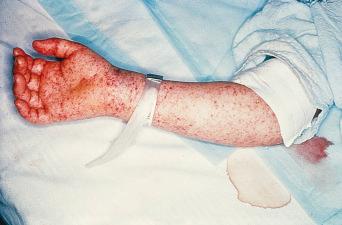
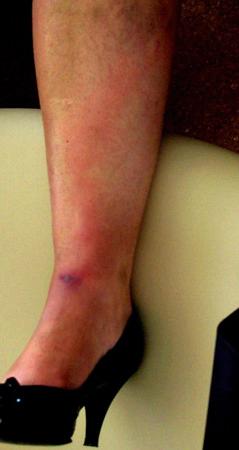
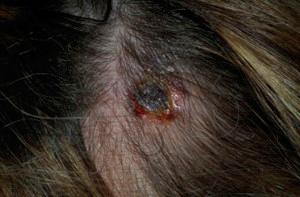
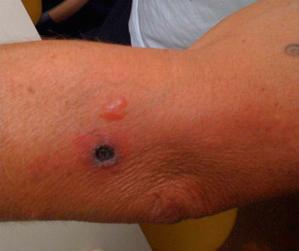
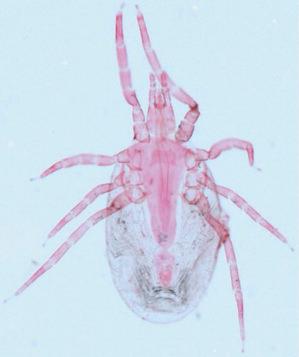
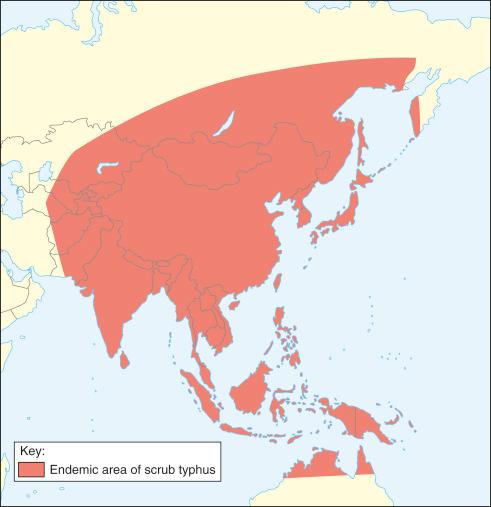
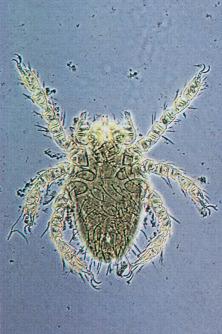
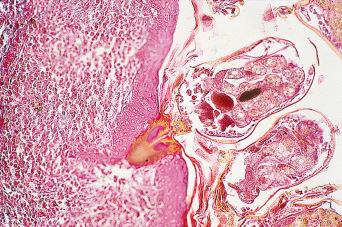
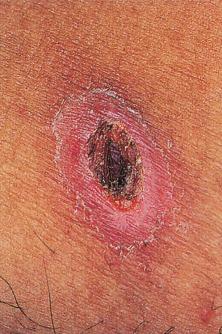
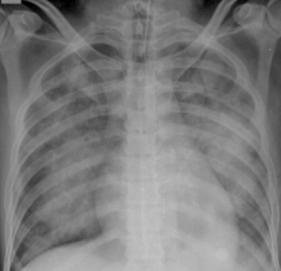
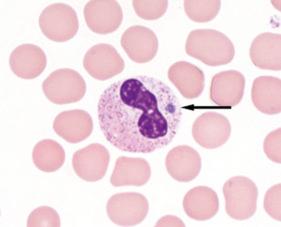
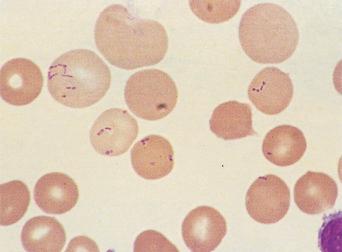
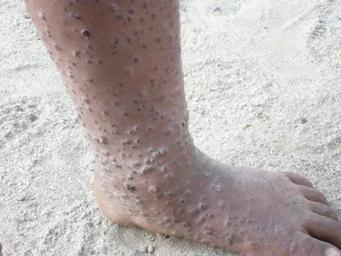
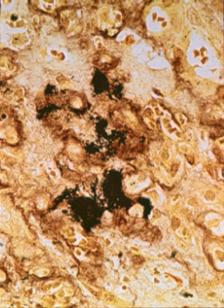
Become a Clinical Tree membership for Full access and enjoy Unlimited articles
If you are a member. Log in here